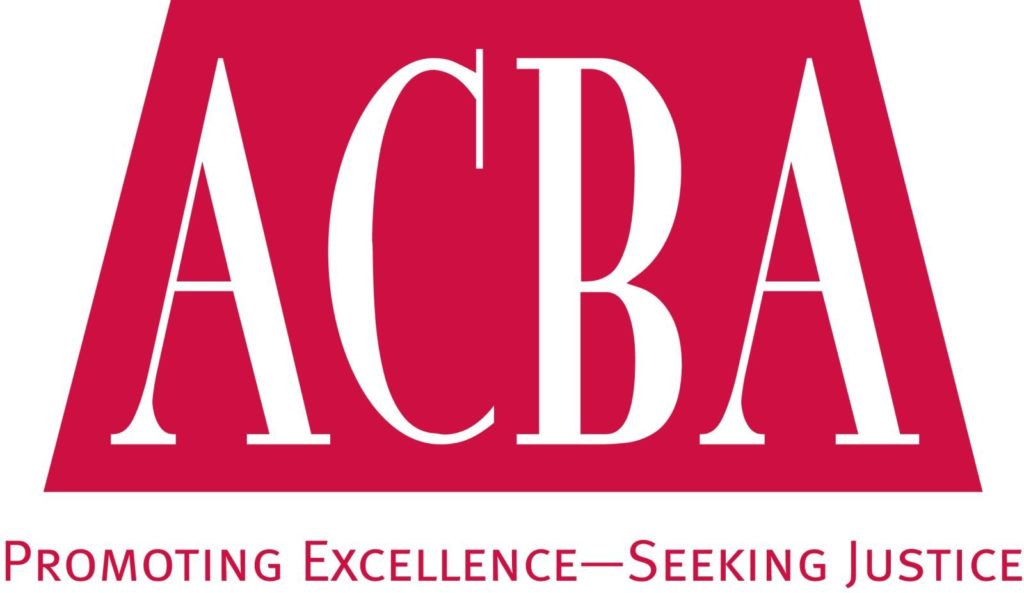We are enjoying the rainy change in the weather and some relief from the four-year drought. Does the rain mean the drought is over? The drought impacts of reduced crop yields and depleted reservoirs will take more rain over time to recover, which is why we keep hearing that we need to continue to “save water,” even when it may be pouring outside[1].
The recent drought has brought many changes to our lives including more hot and dry weather, plants and agriculture are suffering, and diminished water stores in in reservoirs and aquifers. As shown in the chart above, these aspects are interrelated, and some are replenished more quickly than others. Depending on runoff, our reservoirs may fill this year, but agricultural crops will likely still suffer and aquifers will need more water and a longer time to recover.
Of course, the drought itself and some of these effects are likely the result of increased temperatures related to climate change. In consequence, adverse conditions from recurring droughts may accumulate over time.
For environmental and land use attorneys, the drought has also brought changes to some key laws and regulations. The most significant is the Sustainable Groundwater Management Act (2014), which provides protection for the groundwater basins that provide more than half of the water Californian’s use in dry years[2][3]. The recent drought has driven the many diverse water interests to unprecedented agreements to manage resources and attempt to reverse the severe conditions. The drought has also led to changes in the Drought Contingency Plan[4]. This Plan balances where water is directed during drought to meet ecological and human needs. It affects the watershed of the Bay-Delta Estuary, which supplies much of the state with water for municipal, industrial, agricultural, and environmental purposes. The watershed is a source of drinking water for two-thirds of the state’s population.
As the drought has forced us to recognize, we are all affected by the availability and quality of California’s water. The changes in our water drive changes in our laws and regulations. Being up-to-date on these changes can guide advice to our clients on projects and environmental compliance including land development, transportation, and power supply.
By Patrick Hubbard
Patrick is a Consulting Principal in the Oakland office of Langan Treadwell Rollo, an environmental, geotechnical and site/civil consulting firm. For 30 years, he has completed a range of projects, with expert witness work in water resources and contamination in water supply basins.
For more information on the ACBA Environmental Law Section, and to join, please visit: https://alamedacountyb.wpengine.com/Sections/EnvironmentalLaw.aspx.
[1] http://www.californiadrought.org/drought/current-conditions/
[2] California Water Code, Division 6, Part 2.75, Chapters 1-5, Sections 10750 through 10755.4. http://groundwater.ca.gov/
[3] http://leginfo.legislature.ca.gov/faces/codes_displayText.xhtml?lawCode=WAT&division=6.&title=&part=2.75.&chapter=1
[4]http://www.waterboards.ca.gov/waterrights/water_issues/programs/drought/docs/2015_drought_contingency_plan.pdf

